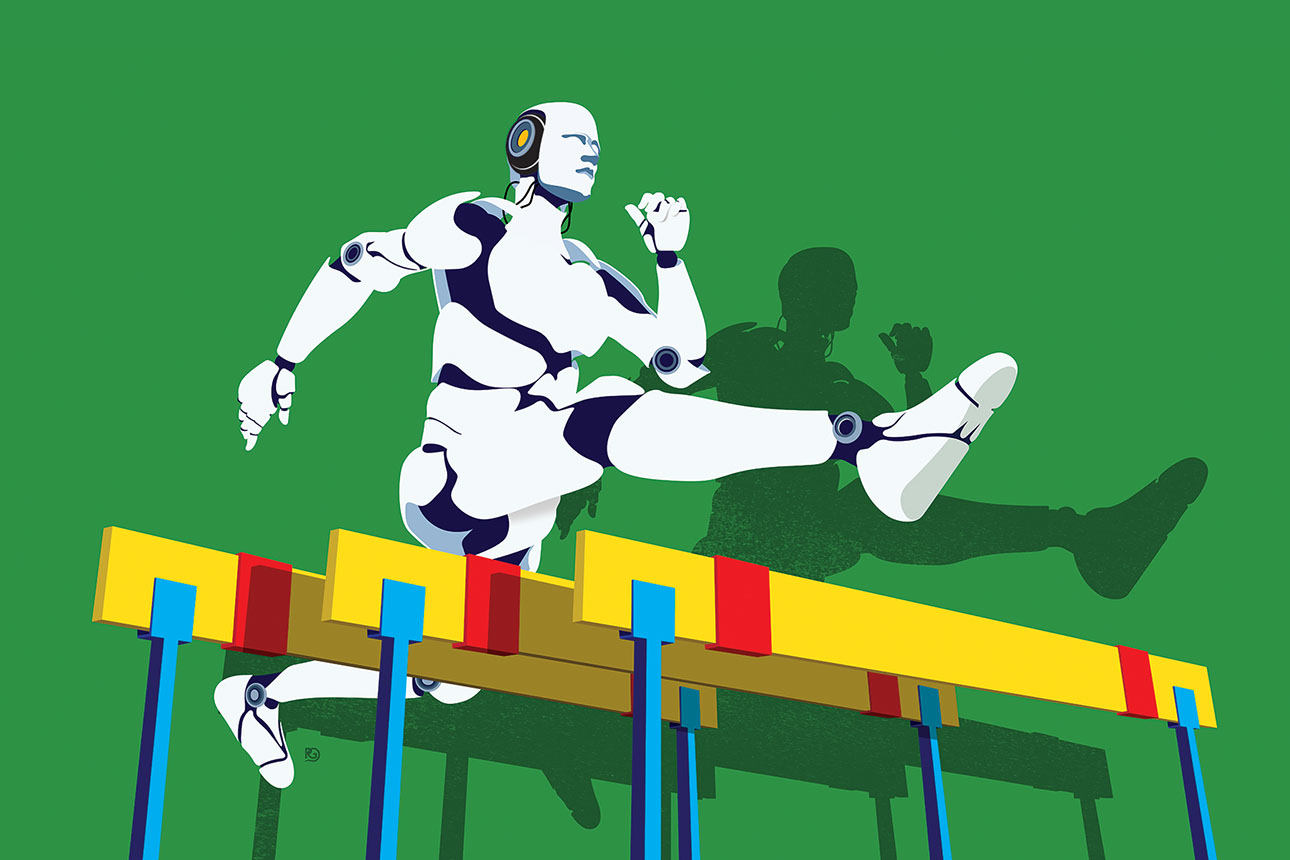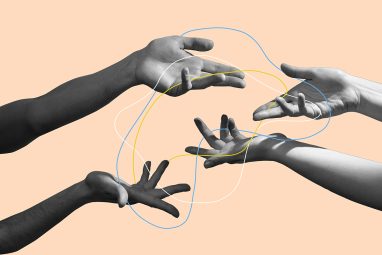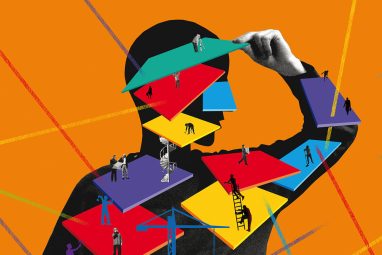Know Your Own Strength
Knowing your strengths is the basis of building long-term customer relationships where value is cocreated between seller and buyer.
News
- More than 80% of Saudi CEOs adopted an AI-first approach in 2024, study finds
- UiPath Test Cloud Brings AI-Driven Automation to Software Testing
- Oracle Launches AI Agent Studio for Customizable Enterprise Automation
- VAST Data and NVIDIA Launch Secure, Scalable AI Stack for Enterprises
- How Machine Identity Risks Are Escalating in AI-Powered Enterprises
- How Agentic AI Is Reshaping Healthcare

Paul Garland
We all love a good “what went wrong” story. Analyses of corporate failures are a staple of the management genre, alerting leaders to hidden dangers and unexamined vulnerabilities. But studying our weaknesses and mitigating them only goes so far; it doesn’t actually tell us how to succeed. Establishing a lasting advantage requires a deep understanding of our strengths and how to wield them.
That understanding is essential to achieving a fair return on the value that a company creates with its products and services, as Marco Bertini, Oded Koenigsberg, and Todd Snelgrove explain. Their new framework for value-based sales requires companies to go beyond simply quantifying their strengths (in terms of product benefits) to justify pricing — an approach that typically fizzles out over time. Instead, companies must gain insight into their strengths in context: Which of their strengths are meaningful to a specific customer? What are those strengths worth to that customer, in terms of productivity, uptime, additional revenue, brand reputation, and other benefits? In this context, knowing your strengths is the basis of building long-term customer relationships where value is cocreated between seller and buyer.
Gaining clarity about your organization’s core strengths is also the starting point to gaining the strategic agility needed to quickly capitalize on new opportunities, according to Mark J. Greeven, Howard Yu, and Jialu Shan. They’ve noted a commonality among high-performing companies that they’ve tracked since 2021: These businesses have identified core capabilities, modularized them, and offered them to customers and partners, who in turn have built on those capabilities and penetrated new markets on behalf of the company. Achieving this does require a commitment to establishing a digital architecture that enables modularity, with a particular focus on developing and maintaining a suite of APIs through which partners can connect. But once accomplished, this approach offers a hedge against uncertainty, as it positions companies to respond rapidly to new customer demands and changing business conditions.
On a graver note, a sense of collective, shared strengths in an organization can also help teams persevere and grow in difficult times, including in the aftermath of traumatic events. In December, a gunman killed three faculty members at the Lee Business School at the University of Nevada, Las Vegas. The tragic incident moved one of their colleagues, Payal Sharma, to explore the question of whether, and how, leaders can help members of an organization move through and beyond such a horrific experience. Psychology research has established that individuals are capable of post-traumatic growth. That means they are not simply returning to the status quo ante, which cannot be recovered, but are attaining a new level of wisdom and healthy functioning.
Sharma explains what factors support this growth in individuals as they work through trauma and suggests ways that leaders can harness similar dynamics to help facilitate this growth in their organizations. In the process, she illuminates the specific ways in which traumatic events are typically so profoundly destabilizing — but also how, as we come to a new reckoning with what we cannot control in the world, we can emerge with a new appreciation for our strengths.
Customer Centricity Summit, hosted by MIT Sloan Management Review Middle East, will take place on September 18th-19th, 2024. It will offer a lens into the future of branding, where enduring relationships with customers are cultivated through trust, authenticity, and value. Click here to register for the Customer Centricity Summit.





